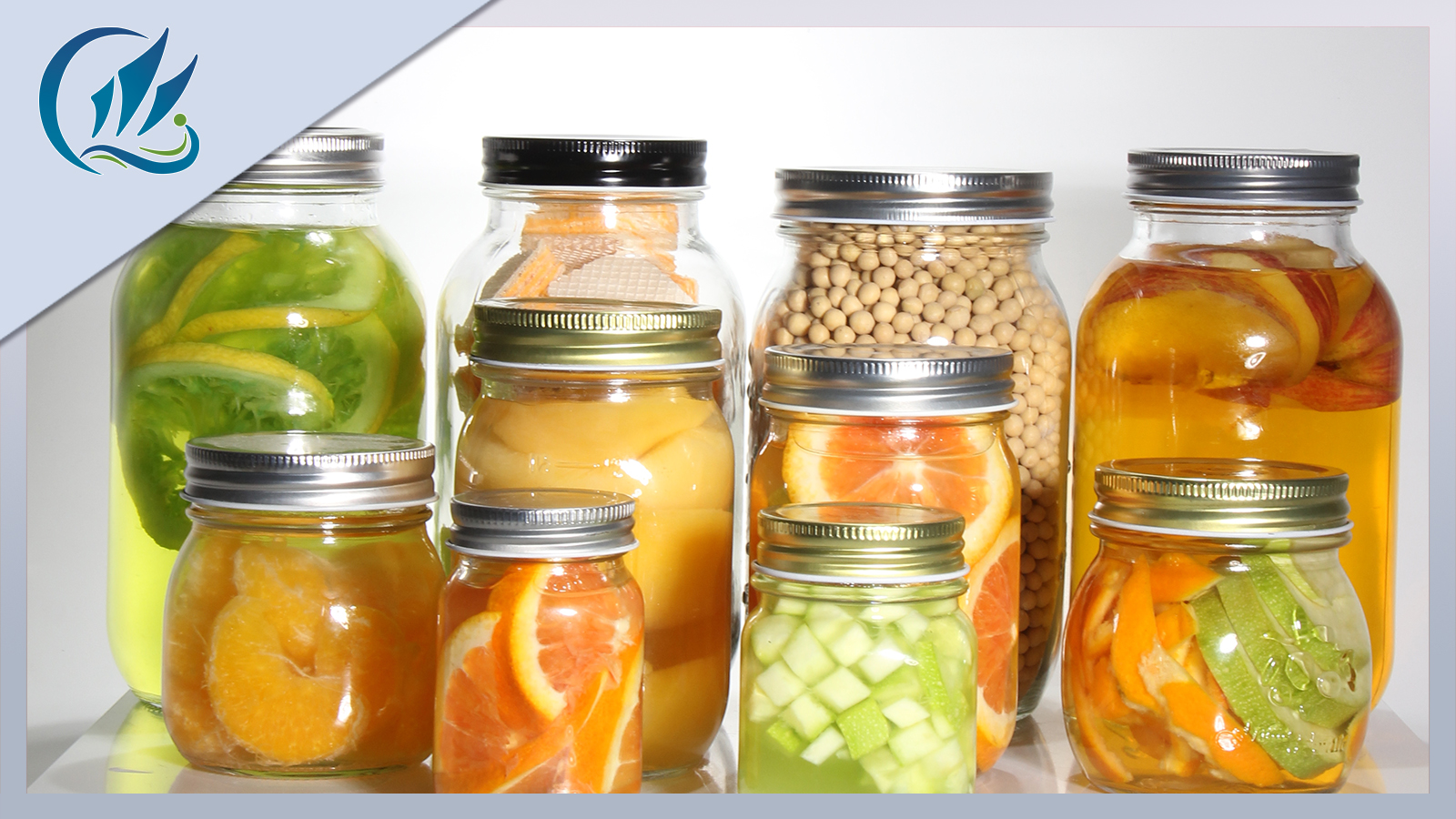Cans,an everyday metal packaging container in our lives,carry delicious beverages and foods. From original tinplate cans to today's aluminum cans, their production has continually evolved with technological innovations and improvements.
Popularization of Can Production Process
1.Raw Material Prep: Aluminum plate is typically the primary raw material used in can production and must be carefully inspected to ensure its quality meets specifications.
2.Sheet Cutting: Following use of a cutting machine, aluminum plates are cut into appropriate sizes using rectangular flat plates as guides.
3.Cold rolling flattening: Following aluminum plate cutting, some small uneven areas may arise that will affect its subsequent processing. Therefore, to create a uniform surface for subsequent operations and avoid any possible defects during cutting operations, cold rolling machines are used to flatten the aluminum plate and ensure it possesses an even surface.
4.Forming: Aluminum plate passes through a forming machine, where after repeated bending and pressure it is transformed into the shape of a can - usually cylinder-like with both bottom and top edges.
5.Welding: Following formation, cans must be joined using welding processes. In general, welding needs to take place along their bottom and top seams in order to provide sufficient sealing and stability of their body.
6.Surface Treatment: Following welding, cans undergo surface treatments like annealing, pickling and polishing that increase both their gloss and corrosion resistance. These processes help increase gloss levels as well as corrosion resistance of their cans.
7.Spraying: Following surface treatment, cans must be sprayed to enhance their beauty and anti-rust function. Spraying involves using a special machine that evenly applies colored paint over its body.
8.Printing labels: Cans often feature various labels and patterns printed using an offset printing process in order to meet various brands and sales needs.
9.Quality inspection: Once cans have been manufactured, they must undergo rigorous quality control inspection to ensure there are no issues with their can body. Typically this includes appearance inspection, size inspection and pressure tests.
10.Packaging and Transportation: Once qualified cans have been packaged, they can be transported and sold using transportation tools. In general, they should be placed inside cartons or plastic bags to protect from damage and contamination.





No comments:
Post a Comment